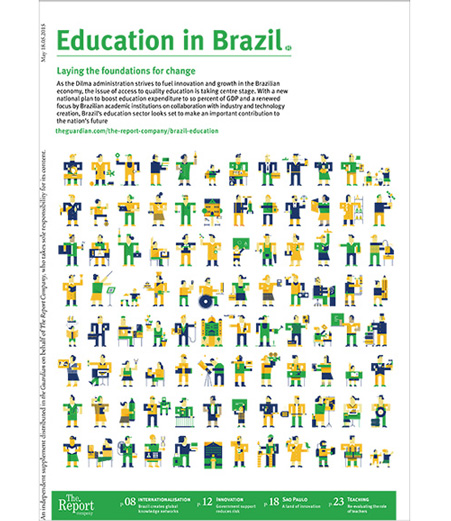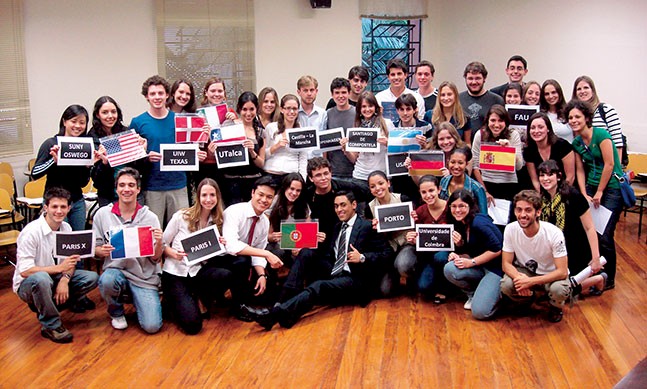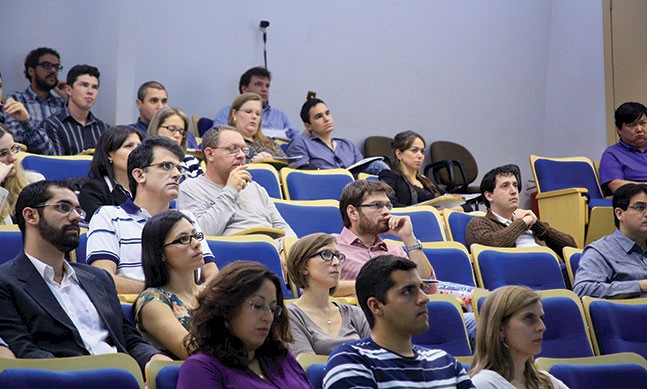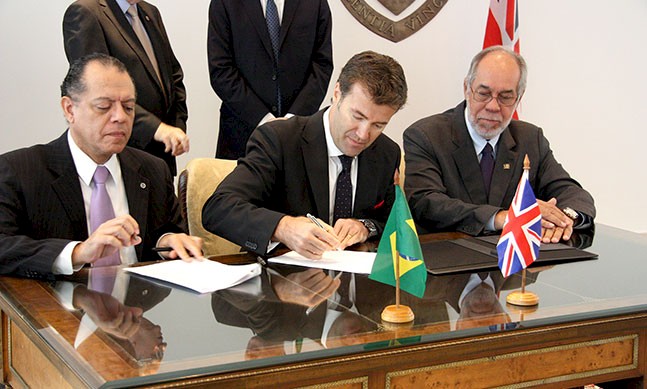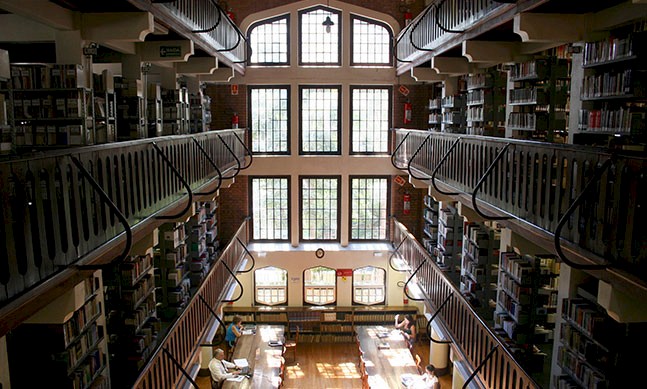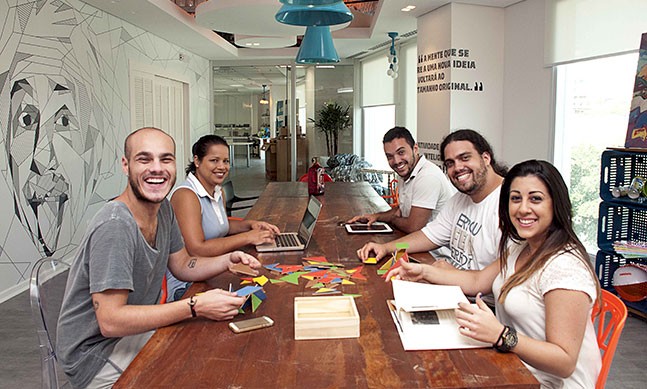The Ayrton Senna Institute (IAS) has been working with young Brazilians since 1994, undertaking vital research and investment in the country’s education sector. Its overarching goal is to reduce inequality and create better opportunities for young people. Viviane Senna, the institute’s president, spoke to The Report Company about how its programmes and solutions will directly benefit more than 1.8 million children and students in 2015 through the training of 65 thousand education professionals.
The Report Company: You have been working in education for two decades. How has the sector evolved in that time?
Viviane Senna: Firstly, it is important to take a macro overview of the country. Despite recent improvements, Brazil is still among the most unequal countries in the world. Econometric studies have shown that almost half of that inequality is down to education. Ricardo Paes de Barros, one of Brazil’s most prominent economists and researchers, has evaluated the influence of inequality-producing factors and shows that gender, location, economic status and race were responsible for 8-12 percent of inequality.
His study shows that it is possible to trace the origin of almost 60 percent of the overall degree of wage inequality. It also reveals that disparities in educational attainment are the main source of wage inequality. If these disparities were eliminated, wage inequality would decline by 40 percent, indicating that education accounts for two thirds of wage inequality from known sources. It is clear that there is no way to address the century-old, structural inequality problem in Brazil without addressing education. Inequality excludes, and keeps the country in the past.
A very striking image of what inequality means in Brazil can be found in Rio de Janeiro’s neighbourhoods of Rocinha and Gavea. Only one street separates one from the other but Gavea's human development index is the same as that of Canada; Rocinha's is the same as that of Palestine and Algeria. When you cross the street from Gavea to Rocinha, you don’t just change neighbourhoods. You change countries. This is a nationwide problem. Brazilians live in very different countries.
TRC: Brazil has been through a period of rapid social inclusion. How would you appraise the changes that have been made?
VS: The gap originally arose because education was considered a privilege, not a right. That is why we have such a huge contingent of people outside the labour market, because they haven’t been trained to enter it. Schools didn’t exist because they were only for the elite. In 1950 we only had three universities.
Around 98 percent of children are in basic education today, but they do not learn. Previously, few people attended good schools, but now many people attend bad schools. When quantity entered, quality left. This was low-quality universalisation - first-world access rates with third-world success rates.
Our year-repeat rate is around 20 percent. This is higher than in the poorest countries like Senegal and Uganda or Haiti, which have a year-repeat rate of around 13-14 percent, but we have the seventh or eighth largest GDP in the world while they have the 100th. It doesn't make sense for the world’s seventh largest economy to have African year-repetition rates. Students fail grades because schools are not capable of teaching, and our numbers are a reflection of the bad quality we have been providing.
“If the institute’s first 20 years were about introducing scale and efficiency, our focus now is on bringing science into schools.”Tweet This
TRC: What can be done to improve quality in education?
VS: First, we need to put quality and quantity in the same equation, coupling scale and efficiency. We have around 40 million students in basic education but only half of them complete their schooling. If you had a hospital and only 50 percent of the people that went into it left alive, what would people say? And yet we lose half the children between the first and last years of schooling. Furthermore, out of those 50 percent that do finish high school, only three out of ten reaches an adequate level in Portuguese and only one in ten reaches an adequate level in maths, and that’s according to criteria established by the ministry of education.
TRC: Are the goals and targets established in the National Education Plan too ambitious?
VS: We did not have goals before. It was a taboo to set goals, to have indexes and use numbers in education. The unions are radically against this, and educators used to be, too. Things are improving, but this culture has only now started to permeate the education sector. We were pioneers in that vision, but it was unpopular.
We have a wholesale problem and are using retail strategies. The gap is never going to be closed that way, and in order to transfer people from the ‘Algerian Brazil’ to the ‘Canadian Brazil’, we need to do two things: work with large scale and be efficient.
Businessmen always think in terms of large scale and maximum return. I tell them that when they enter the social sphere, they shouldn't switch off their ‘business’ mode and turn on ‘nun’ mode and become parochial, thinking of solving problems one by one, community by community, region by region. With such an attitude you would not even scratch the surface of the problem and we need to tackle the issue on large scale and be efficient.
It seems to me that the large scale/efficiency model was a hit. Both NGOs and the public sector absorbed the idea that they needed goals and indicators but what we're still lacking is implementation and that requires good management. Some administrations, like the Minas Gerais state government, have been hiring consultants. We have done that for the last 20 years and were able to help about 1,000 municipalities that were lagging behind. We have to make sure this continues to grow.
This should have been done during the last century, though, and now we have to consider 21st century demands too. Knowing how to read and write is a starting point, not a target anymore. We need to know how to read, write, calculate things, think in abstract terms, work in teams, be autonomous, lead, be creative, be innovative and have many other soft skills. For instance, during preschool, the Japanese government gives children toys that are too big for them to encourage collaboration. They have already realised that this sort of skill will be extremely important in the economy of knowledge, where people work in networks to produce knowledge, not alone at their desks. We will have to fight on these two fronts, to work on what we didn't do in the past and on the new work that we have to do now. That is what we have been doing as an institute.
“It was a taboo to set goals, to have indexes and use numbers in education. This culture has only really started to permeate the education sector now. We were pioneers in that vision.”Tweet This
TRC: How has your interaction been with the public sector?
VS: I think we were one of the first institutions to work with the public sector in Brazil. Twenty years ago, no one wanted to. Institutions wanted to work with street kids, for instance, anything which meant that they didn’t have to deal with schools and the government. We didn’t see them as ‘street kids’, they were kids outside of school and the problem we had was keeping them in school.
We focused on schools to solve the problem, but working with the government is not easy. We had to change that culture of inefficiency, and we have been working on this for the last 20 years. The discourse of efficiency was a total taboo back then, but that’s what working with the public sector is about: bringing these values in and helping it through the transition. We have to seal the leak, and you can only do that together with the public sector.
Fifteen years ago, the state of Pernambuco had a high illiteracy rate. We went in there and, within six months, kids had already learned to read and write. But then numbers stopped improving. The state sat back as if nothing had happened, but we wanted to know more. We discovered that they thought having 70 percent of children knowing how to read and write was amazing, that this was already a great accomplishment. We, however, looked at it as 30 percent were still not able to read and write. We managed to push the literacy figure up to 84 percent, but only by monitoring progress month after month.
TRC: What is the role of technology in modern education?
VS: Science has changed the world we live in, but, generally in the world, classrooms look just like they did back in the 19th century. Kids go into school and teachers tell them to turn off their phones. When they arrive they are transported from the 21st century back to the 19th century. That is why dropout rates are so high, because school does not speak to these children. If the institute’s first 20 years were about introducing scale and efficiency, our focus now is on bringing science into schools. Look at neuroscience and studies of the ways in which children learn, for example. Information that can help schools do what they are meant to do, but they simply pretend none of this exists.
“Science has changed the world we live in, but, generally in the world, classrooms look just like they did back in the 19th century.”Tweet This



